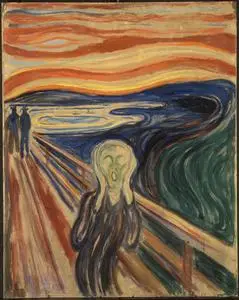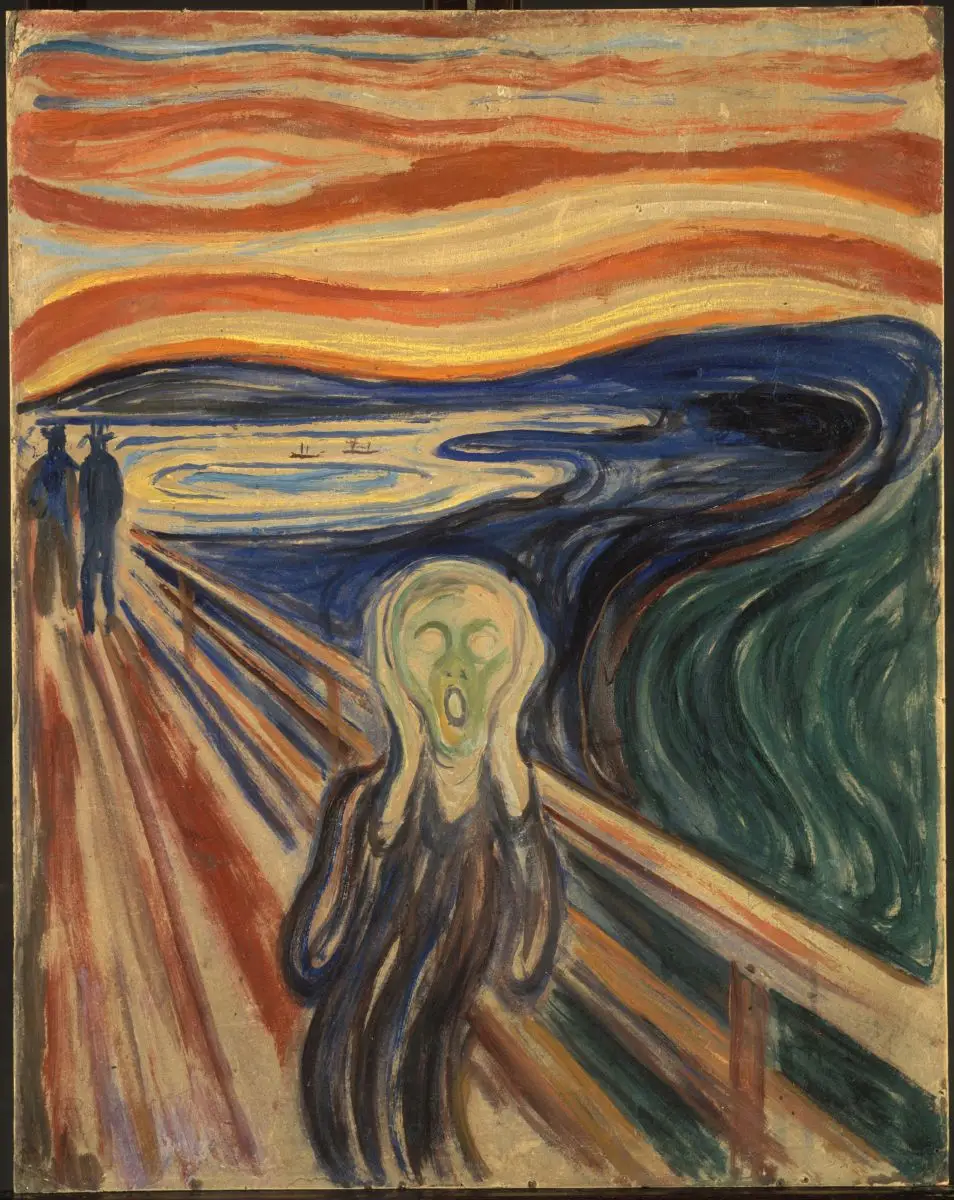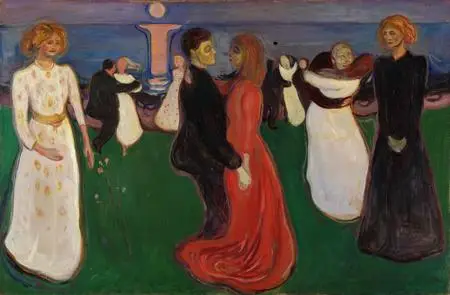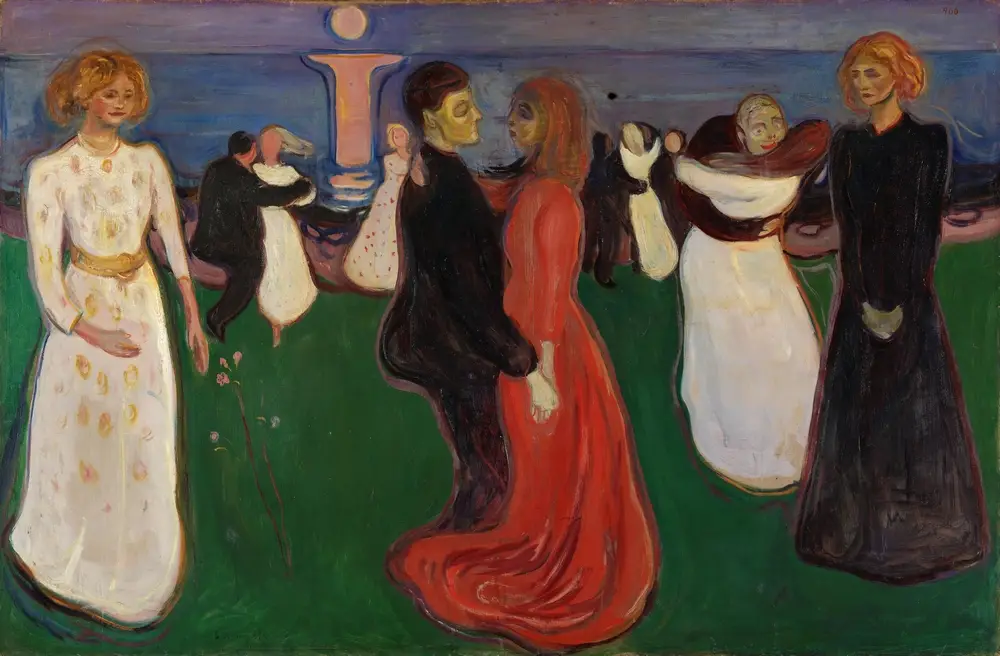The Art of Edvard Munch
427 jpg | up to 3449*4949 | 571 MB
427 jpg | up to 3449*4949 | 571 MB
Edvard Munch (12 December 1863 – 23 January 1944) was a Norwegian painter, whose best known work, The Scream, has become one of the most iconic images of world art.
His childhood was overshadowed by illness, bereavement and the dread of inheriting a mental condition that ran in the family. Studying at the Royal School of Art and Design in Kristiania (today’s Oslo), Munch began to live the bohemian life, under the largely negative influence of the nihilist Hans Jæger, who did, however, urge him to paint his own emotional and psychological state (‘soul painting’). From this would presently emerge his distinctive style.
Travel brought new influences and new outlets. In Paris, he learned much from Gauguin, Van Gogh and Toulouse-Lautrec, especially their use of colour. In Berlin, he met Swedish dramatist August Strindberg, whom he painted, as he embarked on his major canon The Frieze of Life, depicting a series of deeply-felt themes such as love, anxiety, jealousy and betrayal, steeped in atmosphere.
But it was back in Kristiania that his legendary work The Scream was conceived. According to Munch, he was out walking at sunset, when he ‘heard the enormous, infinite scream of nature’. That agonised face is widely identified with the angst of modern man. Between 1893 and 1910, he made two painted versions and two in pastels, as well as a number of prints. One of the pastels would eventually command the fourth highest nominal price paid for a painting at auction.
As his fame and wealth grew, his emotional state remained as insecure as ever. He briefly considered marriage, but could not commit himself. A breakdown in 1908 forced him to give up heavy drinking, and he was cheered by his increasing acceptance by the people of Kristiania and exposure in the city’s museums. His later years were spent working in peace and privacy. Although his works were banned in Nazi Germany, most of them survived World War II, ensuring him a secure legacy.
The Dance of Life, 1899–1900, Nasjonalgalleriet, Oslo
Send me a message if any link is broken
Please visit my blog on AvaxHome!
Find more artists on AvaxHome!
Send me a message if any link is broken
Please visit my blog on AvaxHome!
Find more artists on AvaxHome!





